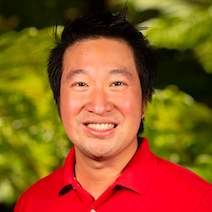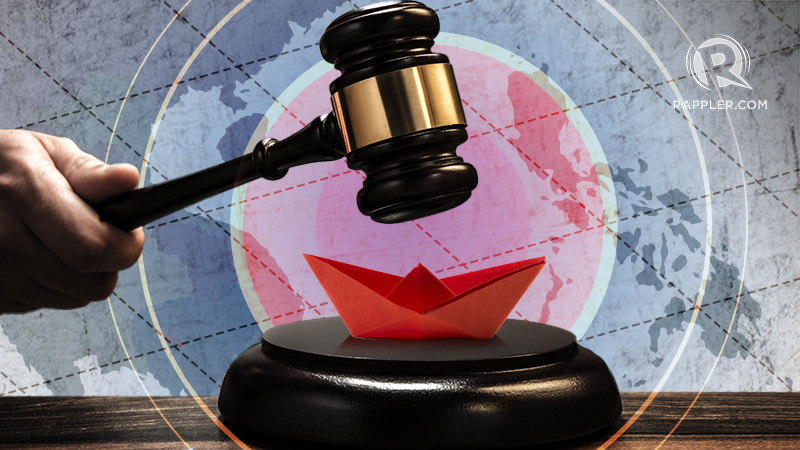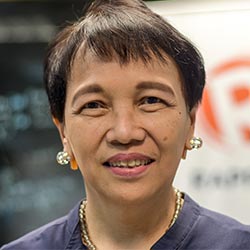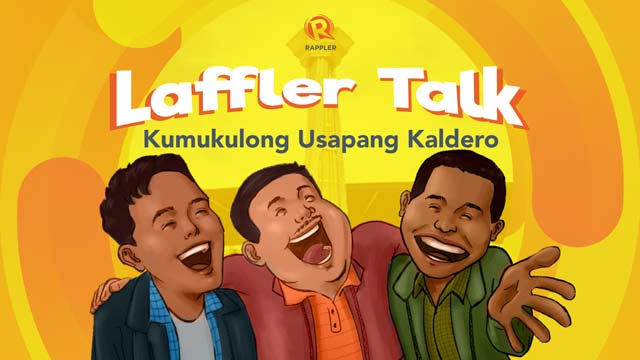

“The definition of insanity is doing the same thing over and over again and expecting different results.”
Drug wars do not work. Since US President Richard Nixon declared a “War on Drugs” in 1971, dozens of countries have adopted drug policies focused on prohibition, eradication, and incarceration. Yet, the drug trade is as strong and lucrative as ever.
There has been no significant change in the share of the population with drug use disorders and deaths from drug use disorders have increased since 1990. At the same time, communities, especially the poor and marginalized, bear the grave and disproportionate human costs of unjust imprisonment, police harassment and corruption, crossfire violence, and state investment in militarization instead of development.
However, an often-overlooked result of prohibitionist drug policy that has resulted in hundreds of thousands dead and existential threats to various states, is the creation and expansion of organized crime groups.
In Latin America in particular, mass incarceration related to the drug war has made prisons incubators for organized crime, while the illicit markets created by prohibitionist drug policy regimes ensure that these criminal organizations grow to be rich, powerful, and violent.
The Philippines must re-examine its own policies towards drugs and incarceration based on the decades of mistakes made in other countries before it creates its own homegrown international criminal group that puts the very existence of the state at risk.
American export
For all of the Duterte administration’s talk about protecting Philippine sovereignty and rejecting US imperialism, a prohibitionist approach to drugs and war-like policy for dealing with them is a pure American export.
The United States Federal Bureau of Narcotics was established in 1930 primarily in order to deal with alcohol, which was at the time illegal in the US. When the US ended the prohibition of alcohol in 1933, the Bureau was obsolete. In an effort to save the Bureau (and his job), then Commissioner Harry Anslinger turned his sights on marijuana, stating “There are 100,000 total marijuana smokers in the US, and most are Negroes, Hispanics, Filipinos and entertainers. Their Satanic music, jazz and swing result from marijuana use. This marijuana causes white women to seek sexual relations with Negroes, entertainers and any others.”
In 1971, Nixon (who would later resign to avoid impeachment) declared narcotics “public enemy number one” and declared a “War on Drugs.” American federal and state governments began enacting harsh sentencing laws for drug possession and practicing aggressive policing, resulting in mass incarceration (the male incarceration rate increased by 500% from 1971 to 2016). John Erlichman, Nixon’s Assistant for Domestic Affairs, would later admit that the “war on drugs” was a political strategy, not a policy based on solid evidence aimed at making American safer:
“The Nixon campaign in 1968, and the Nixon White House after that, had two enemies: the antiwar left and black people. You understand what I'm saying? We knew we couldn't make it illegal to be either against the war or black, but by getting the public to associate the hippies with marijuana and blacks with heroin, and then criminalizing both heavily, we could disrupt those communities. We could arrest their leaders, raid their homes, break up their meetings, and vilify them night after night on the evening news. Did we know we were lying about the drugs? Of course we did.”
Nevertheless, in the following decades, exporting the “war on drugs” through both bilateral relations as well as crafting the United Nations’ drug policy, would be a central part of US foreign policy. The US successfully made the prohibitionist and punitive approach to drugs the dominant policy in the world, so much so that many people have even stopped questioning its basis or effectiveness.
Drug traffic increases
Despite a prohibitionist and punitive “war on drugs” being implemented for decades in many countries, including countries that are much richer, and with better trained and equipped and less corrupt police forces than in the Philippines, this approach has not resulted in success anywhere.
Drug traffic has not subsided, but rather increased. From 1971 to 2017, the world’s illicit opium production increased nearly tenfold from 1,200 to 10,500 tons. More cocaine, morphine, and opium are being illicitly created and traded now than in the 1980s. Furthermore, and more tragically, death and violence related to drugs and the drug trade has increased.
People are dying at higher rates from drug use disorders now than a quarter-century ago (despite the rate of people with drug use disorders being relatively constant). The number of people killed in encounters between traffickers and law enforcement – which include the traffickers, law enforcement officials, and innocent third parties wrongfully accused or caught in the crossfire – has not only increased, but can easily be comparable to the number of dead in history’s great wars. Prohibition inflates the price of illicit drugs, making the drug trade that much more profitable. At the same time, illegalizing these markets takes away the state’s ability to regulate them. As a result, rules are often determined by violence.
At the same time, prohibitionist and punitive drug policy regimes have unintended negative consequences including mass incarceration, disenfranchisement, police abuse, police and state corruption, the double victimization of vulnerable communities, the reproduction and exacerbation of social and economic inequalities, and mistrust between law enforcement and the people they are supposed to protect. The most dramatic unintended consequence, however, that not only often results in catastrophic levels of violence but also an existential threat to the state, is the rise of powerful and violent criminal organizations.
Unintended consequence: Organized crime
Mass incarceration is a direct result of drug policy regimes that focus on prohibition and punishment. Mexico’s prison population increased by over 50% between 2000 and 2012, Brazil’s prison population more than doubled between 1995 and 2015, and El Salvador’s prison population grew by 560% between 1992 and 2017. Other countries in the region show a similar pattern.
The skyrocketing number of inmates coupled with horrible prison conditions make Latin American prisons incubators for crime and recruitment sites for criminal organizations. Unsurprisingly, corrections facilities and systems have not kept up with the growing prison populations.
Overcrowding results in situations that are incredibly unsafe for inmates. They face the constant risk of not only violence from other inmates, but of having no access to food, water, or space to sleep. They are also vulnerable to guard abuse and corruption. As a result, inmates form or join gangs for self-preservation. Brazil’s Comando Vermelho (CV) and Primeiro Comando do Capital (PCC), the latter of which is arguably the largest, best organized, and best-resourced criminal organization in all of South America (it is also an international actor, with cells in at least five other countries) were both born in prisons as ways for the inmates to protect themselves.
Overcrowding also means that low-level non-violent offenders and even those who are merely waiting for trial get placed in the same facilities as hardened criminals.
El Salvador case
The case of El Salvador is instructive.
A wave of mano dura (hard-handed) policies gave police sweeping powers to arrest anyone they merely suspected of being involved in drugs or gangs. 14,000 young people were arrested in a little over a year (2004-2005), but only a third were ever actually found to be guilty of a crime and eventually released. While in prison, however, many of these youths joined criminal gangs for the reasons outlined above. Essentially, the mano dura arrests needlessly drew thousands of people into membership with organized crime.
Prisons are incredibly poorly staffed. There are not enough guards to control the inmates and many of those guards are poorly trained and paid, making them vulnerable to bribery and corruption. Thus, the norm is that guards do not control prison life but rather leave day to day regulation to criminal organizations themselves.
When there are rival groups in the same prison, guards will often separate the members in order to avoid violence, and leave each organization to control its own ranks. This allows the organizations to solidify their own internal structures, rules, rituals and identity-making.
When it becomes clear that a group of prisoners is becoming so powerful and organized that it might actually be capable of overpowering the guards, the correctional staff may try to decapitate the organization by transferring leaders to other prisons, as the São Paulo State prison system did in the early days of the PCC. This just functioned, however, to spread the PCC to more prisons within the state and encourage the younger members left behind to step up to leadership positions.
Finally, “wars on drugs” have also resulted in the transformation of state agents into criminal organizations.
In their pursuit of prohibition and punishment drug regimes, Latin American states gave sweeping power to “law enforcement agents” – which in several cases included both official police forces and unofficial, state-backed paramilitary and vigilante groups. These groups later evolved to become criminal organizations themselves involved in drug traffic and other criminal markets.
In the 2000s, militias emerged in Rio de Janeiro, Brazil styling themselves as self-organized groups of current and retired police who would protect communities from drugs and crime. The militias soon, however, became acting like the criminals they claimed to be fighting, using violence to not only monopolize drug traffic in areas under their control, but also basic service provision such as access to water and electricity. It is widely known that militias maintain close ties to the government, including to the family of President Bolsonaro, and they also run and win their own elected officials.
Colombia's paramilitary
In Colombia, the Autodefensas Unidas de Colombia (AUC), was a paramilitary group formed in 1997 that enjoyed the collaboration and support of some politicians and the Colombian military – so much so that it is colloquially referred to as the sixth division of the Colombian armed forces.
While the AUC’s primary purpose was supposedly to fight left-wing guerrilla groups who engaged in drug traffic, it also engaged in protecting drug trafficking, extractive industries, and right-wing politicians. The AUC created cells within prisons in order to profit from drug traffic and other criminal economic activities.
By the 2000s, the AUC was out of control, wreaking violent havoc on large swaths of the country. The government entered into negotiations to demobilize the AUC in 2004. Instead of totally demobilizing, however, AUC members and successors formed looser, decentralized associations called BACRIMs, a play on “criminal bands”. BACRIMs still control some of the most sophisticated, powerful, and violent prison structures and use them to recruit and train even small-time and common criminals for their organizations.
Lessons for the Philippines
What do Latin American prisons have to do with the Philippines? We see many of the factors that made Latin American prisons recruitment and training centers for organized crime present in the Philippines.
Philippine jails are incredibly overcrowded and conditions are deplorable. The prison population grew by 48% between 2015 and 2018. In Manila City jail, over 500 people sleep in a space meant to hold 170. Quezon City Jail holds five times more inmates than it was designed for. In New Bilibid Prison, more than 5,000 inmates die every year from overcrowding, disease, and violence. Petty criminals and those awaiting trial (in Manila City Jail, 90% of inmates have not been convicted of any crime) are mixed with hard criminals.
Corruption is rampant. As is the nature of corruption, it scandalously benefits the rich and powerful (remember Herbert Colanggo’s music video shot inside his quarters in Bilibid and Antonio Sanchez ability to come and go out of prison as he pleased), while victimizing the poor and powerless.
Manila residents whose relatives were arrested as part of Duterte’s war told me that police often asked families for money in order for their relatives to have a space to sleep. Officers would also not allow relatives to bring home-prepared food, water, or coffee to give to their relatives. Any such provisions would have to be purchased at an overpriced concession stand run by police officers’ relatives.
Gangs are the primary order-keepers in Philippine prisons. The gangs not only protect members from violence perpetrated by other inmates and guards, but pool resources to provide members with food, medicine, and clothing. These resources come from family members, but also from continued drug trafficking and, famously, production inside prisons.
In Latin America, communities often turn to criminal organizations for security when they perceive the police to be unable or unwilling to protect them. Duterte's policy of instructing the police to obtusely conduct wanton arrests and killings in poor neighborhoods without any reasonable intelligence or due process has eroded at the already fragile trust between communities and the police.
A 2017 SWS survey revealed that about half of Filipinos believed many of the people killed were not drug dealers and had not resisted arrest. At the community level, stories of rape for freedom, demanding payment to not be included on a drug list, and connivance between police and funeral parlors that jack up their prices abound. The situation is ripe for communities to increasingly turn to criminal organizations for protection against police abuses.
No to 'moralistic' or 'ideological' policy
So what should be done to address the problems associated with illegal drugs and avoid enabling the creation of a powerful international organized criminal syndicate? The answers are not easy.
For starters, the Philippines would do well to pursue a drug policy that is based on evidence and the positive as well as negative experiences of other countries – not moralistic or ideological positions that simplify drug policy and organized crime dynamics into an action movie where the hero just kills all the “bad guys” and every one lives happily ever after. It should begin designing this policy by frankly asking, “what are the goals of our drug policy?”
Do we just want to catch and jail or kill as many suspected drug users (as distinct from drug addicts or traffickers – because they are different) as possible? Do we want to reduce the volume of illegal drugs circulating in the country (a number the PNP does not even keep track of)? Or, do we want to reduce crimes against people and property associated with drug traffic? Do we want to reduce violence, especially mortalities, associated with drug traffic, including violence against police, suspects, and the community that happens to get caught in the cross-fire? Do we want to protect our children from becoming non-functioning drug addicts or foot soldiers of a criminal organization? These are very different goals that require different policy interventions.
So far, it seems that the Duterte government has been obtusely focused on jailing or killing as many people as possible (collateral damage and all) without asking itself what are the real harms it is trying to protect society from.
Vice President Leni Robredo, on the other hand, has made it clear that her priority is preventing the killing of innocent people, and she has demonstrated an openness to learning based on evidence and international experience. Hopefully it is not too late to change the course of drug policy and avoid an even more violent, dystopian future. – Rappler.com
Cecilia Lero has been an activist and community organizer in the Philippines for approximately a decade. She holds a Ph.D. in Political Science from the University of Notre Dame and is currently a postdoctoral fellow at the Centro de Estudos da Metrópole at the Universidade de São Paulo and the Centro Brasileiro de Análise e Planejamento in São Paulo, Brazil, where her work focuses on political violence, organized crime, and democratization.

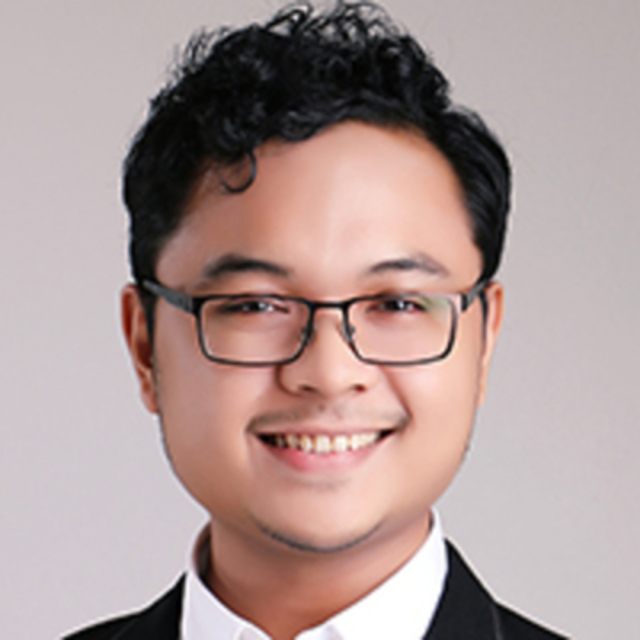


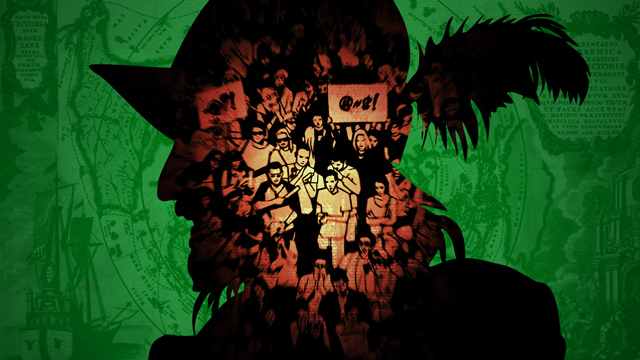
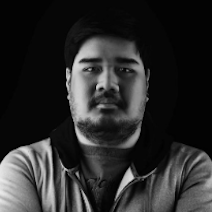

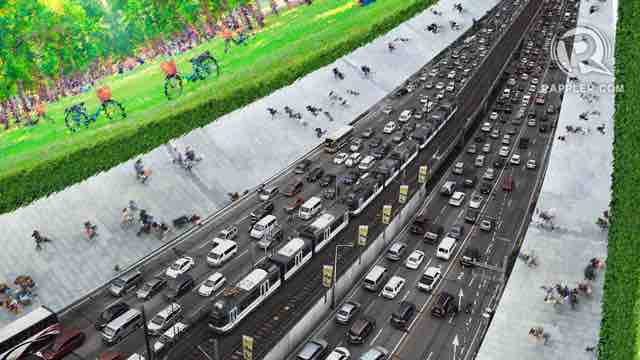
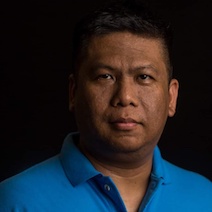

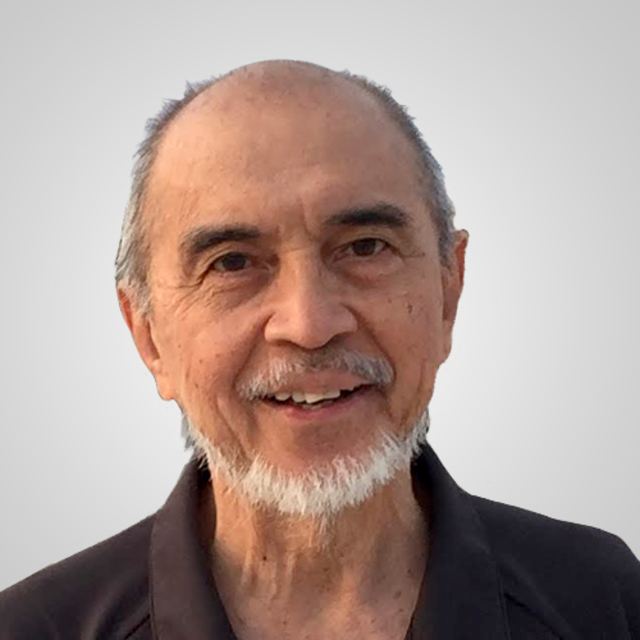



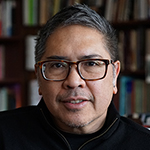
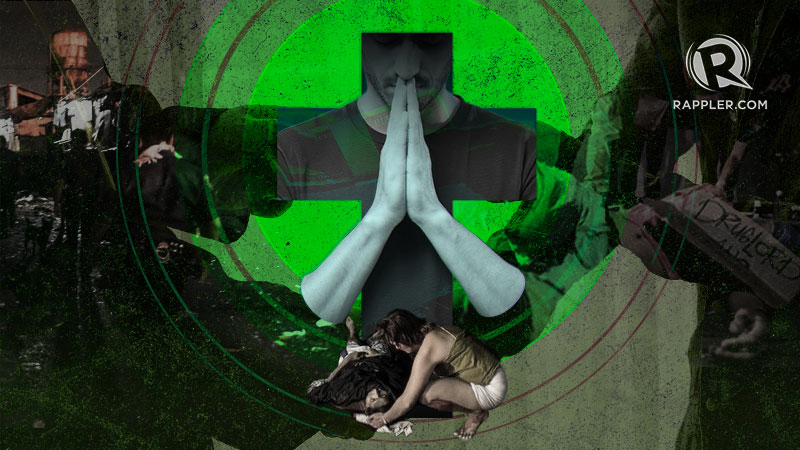
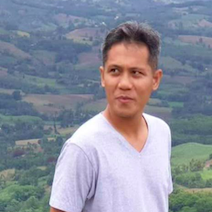


 There is much excitement and anticipation over the Philippines’ economic growth in the coming years. According to the World Bank, the Philippine economy remains strong and is projected to grow 5.8% in 2019, before recovering to 6.1% and 6.2% in 2020 and 2021, respectively.
There is much excitement and anticipation over the Philippines’ economic growth in the coming years. According to the World Bank, the Philippine economy remains strong and is projected to grow 5.8% in 2019, before recovering to 6.1% and 6.2% in 2020 and 2021, respectively. 
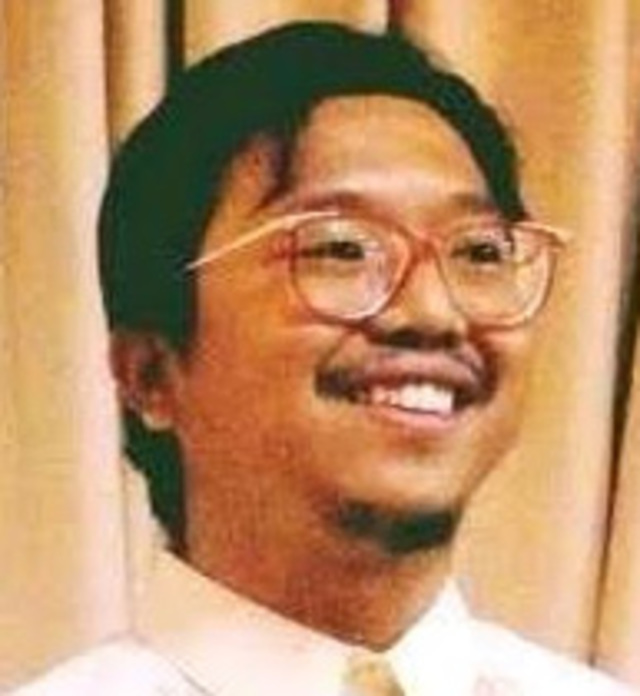

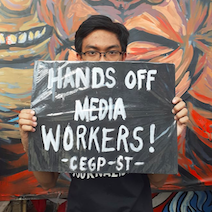

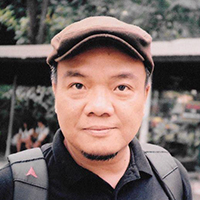

 November 20 this year marks my 1000th day in detention. On February 24, 2017, I was arrested from the steps of the Philippine Senate, and has since been under
November 20 this year marks my 1000th day in detention. On February 24, 2017, I was arrested from the steps of the Philippine Senate, and has since been under 
